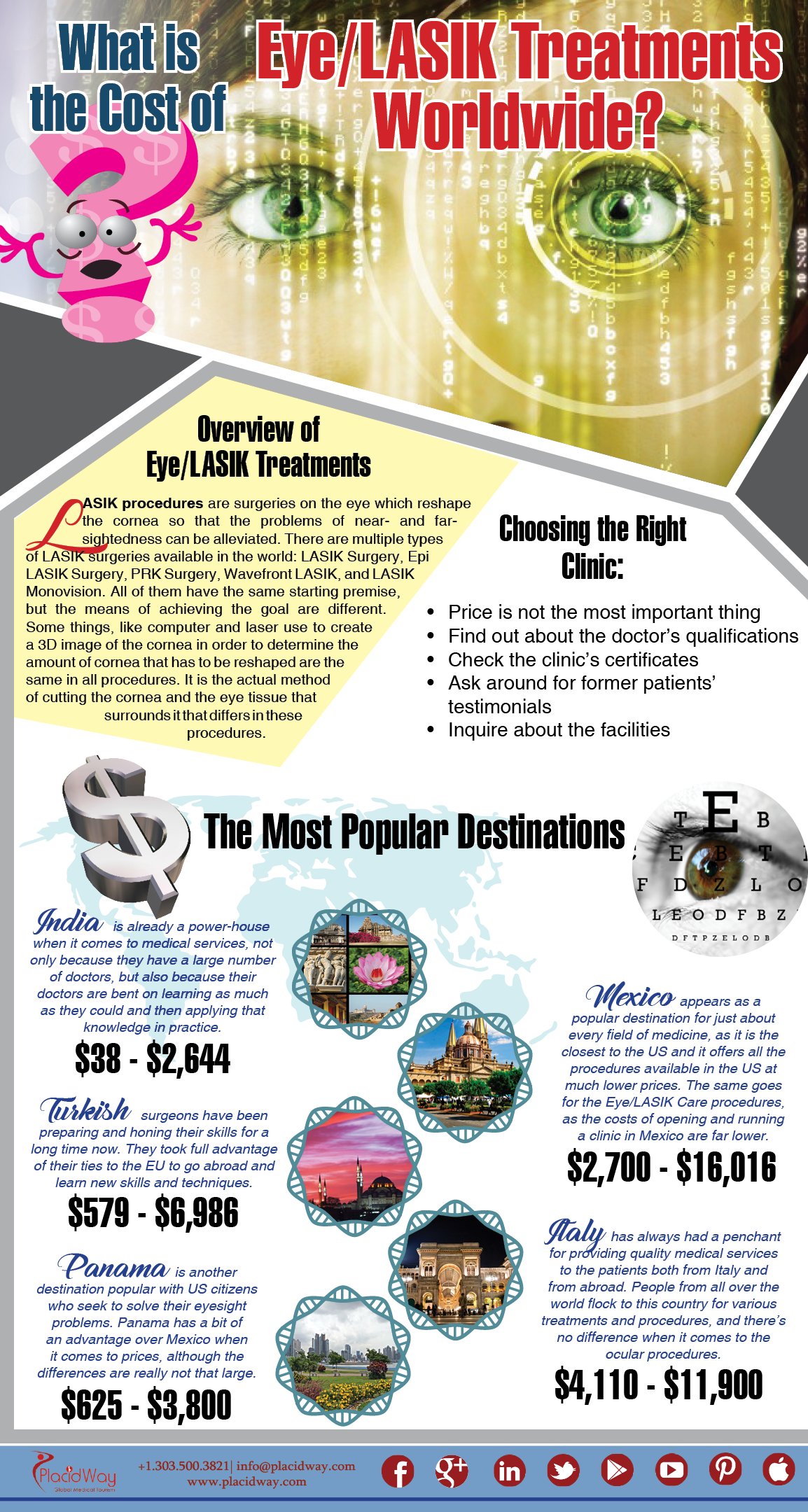A Detailed Evaluation Of Modern Cataract Surgical Procedure Techniques
A Detailed Evaluation Of Modern Cataract Surgical Procedure Techniques
Blog Article
Content Create By-Brask Olson
As you explore the development of innovative cataract surgical treatment methods, you'll witness a trip marked by resourcefulness and precision. From ancient methods that led the way for modern advancements to cutting-edge modern technologies that are reinventing the field, the extensive summary of cataract surgical treatment techniques is a testament to human progress and commitment to boosting client end results. The detailed interplay between historical strategies and advanced improvements develops an intriguing narrative that sheds light on the advancement of one of one of the most common procedures worldwide.
Historical Techniques and Technologies
Discover exactly how early doctors revolutionized cataract therapy by using ingenious methods and devices. In the past, cataract surgical treatment was a high-risk and uncomfortable treatment. Nevertheless, ancient Indian physicians were among the initial to attempt surgical treatments for cataracts, making use of a method called 'couching' where a sharp tool was made use of to push the cataract back into the eye. This approach, though crude by today's standards, prepared for future advancements in cataract surgery.
As time progressed, Arab physicians made substantial payments by developing specialized needles for cataract extraction. These needles were made use of to puncture the cataract and then extract it from the eye, marking a significant improvement in medical accuracy.
Later on, in the 18th century, the French doctor Jacques Daviel originated the method of extracapsular cataract extraction, where the entire lens was eliminated undamaged through a larger laceration. This marked a major development in cataract surgical treatment techniques, leading the way for the modern procedures we utilize today.
Modern Surgical Approaches
Early techniques in cataract surgical procedure have actually developed significantly, causing the growth of contemporary surgical approaches that prioritize accuracy and improved individual end results. Modern cataract surgery currently typically includes a treatment called phacoemulsification, where an ultrasonic device separate the cataract for elimination through a little laceration. https://lasiksurgerydoctor23211.liberty-blog.com/26637787/wondering-how-to-relieve-dry-eye-pain-check-out-expert-pointers-and-sensible-techniques-for-far-better-eye-health-and-wellness-and-convenience-at-home permits quicker healing and minimizes the threat of difficulties contrasted to older approaches.
Furthermore, the use of advanced intraocular lenses (IOLs) has reinvented cataract surgical treatment outcomes. These lenses can fix not just the cataract however additionally other refractive mistakes like astigmatism, lowering the requirement for glasses post-surgery.
https://scroll.in/article/754437/more-than-a-decade-later-lingering-questions-about-lasiks-long-term-effects have access to innovative imaging innovations that help in specific preoperative preparation and intraoperative decision-making. Optical comprehensibility tomography (OCT) and various other imaging techniques give thorough photos of the eye's frameworks, allowing for a much more tailored method per patient's surgical treatment. With these developments, modern cataract surgical treatment techniques remain to boost, using clients safer treatments and better visual end results.
Emerging Technologies in Cataract Surgical Treatment
With innovations in modern technology changing the field, cataract surgical procedure is observing the combination of cutting-edge methods for enhanced person results. Arising innovations in cataract surgery are improving the landscape of ophthalmic treatments. One such innovation is femtosecond laser technology, which allows for specific corneal lacerations, capsulotomies, and lens fragmentation, causing enhanced surgical accuracy and end results.
Additionally, intraoperative aberrometry is gaining popularity, allowing real-time measurements of refractive errors during surgical treatment to boost intraocular lens power computations and lower postoperative refractive shocks.
Furthermore, using sophisticated imaging innovations like optical comprehensibility tomography (OCT) and intraoperative wavefront aberrometry aids surgeons in exact surgical planning and implementation. These tools give thorough anatomical details and help personalize medical methods for each client's special eye attributes.
Moreover, growths in expert system are being checked out to help in preoperative preparation, intraoperative decision-making, and postoperative treatment, possibly maximizing medical outcomes and person contentment. Welcoming these arising innovations in cataract surgical treatment holds guarantee for more boosting patient end results and ensuring the proceeded development of ophthalmic surgical strategies.
Conclusion
As you trip via the background of cataract surgical treatment, you witness the makeover from ancient methods to advanced technologies. Like a phoenix climbing from the ashes, cataract surgery has actually progressed into a beacon of hope and innovation.
Equally as a caterpillar emerges from its cocoon as a beautiful butterfly, cataract surgical treatment has blossomed right into a refined art kind, offering patients clearer vision and a brighter future.
The development continues, beaming a light on unlimited possibilities.
